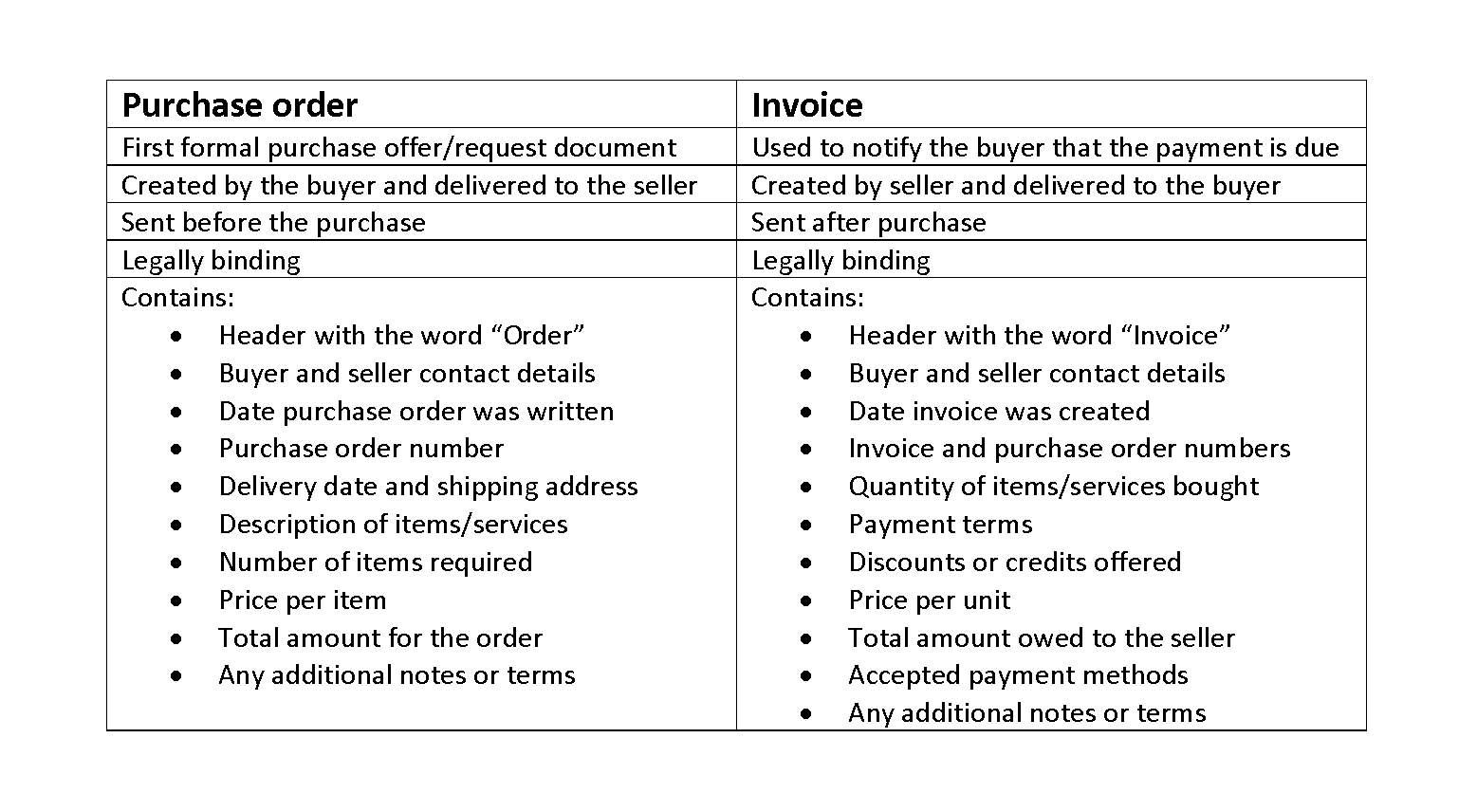
Whether your company is for-profit or nonprofit, working with Marshall Jones Certified Public Accountants And Advisors helps you get your books in order. Our team of CPAs and advisors can help you prepare your monthly or quarterly P&L statements or statements of activities. We can also help you clean up your accounting records and recommend secure accounting software and training.
ADDITIONAL RESOURCES
Some states grant nonprofit tax exemptions for sales taxes and property taxes. In the case of a nonprofit, while a founder or board of directors can run the entity, they don’t own any percentage of it, or reap earnings beyond their salary, and the business is run as a public trust. This means that on the balance sheet there will be no shareholder equity listed. Donor data is useful for building relationships, but it can clog up your accounting system.
Restricted Funds
The organization must also consistently demonstrate ethical use of funds and a high level of transparency. Strong governance, which includes a nonprofit’s board of directors, helps make that happen. These conscientious stakeholders are in charge of overseeing mission fulfillment and help ensure the organization operates in the best interest of the public.
Don’t Jeopardize Your Nonprofit Compliance with a Commercial Accounting System
DevExplains: Why nonprofits want an international accounting standard – Devex
DevExplains: Why nonprofits want an international accounting standard.
Posted: Mon, 26 Sep 2022 07:00:00 GMT [source]
For a nonprofit, the accounting system is ultimately tracking excess revenue when all expenses have been accounted for. So instead of using a for-profit balance sheet, nonprofits use a statement of financial position which lists the assets, liabilities, and net assets of the nonprofit. And instead of a for-profit income statement, they utilize a statement of activities that list their revenues with their expenses deducted. While both nonprofit and for-profit organizations prepare financial statements, each only focuses on specific attributes.
How to Prepare for Nonprofit Strategic Planning: 4 Steps
- By addressing these opportunities for improvement now, you’ll help keep financial data secure and well-reported in the future.
- The revenue it does earn goes back into meeting its goals and running the organization in general.
- As is explained in this Form 990 filing guide, there are different types of Form 990s that your nonprofit may be eligible to file according to your gross receipts.
- For example, if you have $50,000 of restricted assets set aside for your scholarship program, then decide to provide a $5,000 scholarship, you’re not losing those funds.
- These include program services, management and general, and fundraising expenses.
Your nonprofit’s budget maps out all of the anticipated fundraising and expenses that you expect to encounter during the upcoming year. Generally, these estimations are created based on the previous year’s successes and failures. Qbix’s goal is to provide the latest cloud-based accounting technology while delivering real-time visibility into your nonprofit’s financials 24/7. Numbers are our passion, but providing your nonprofit with the financial expertise needed to facilitate growth and profitability is our top priority. And because no two organizations are the same, Qbix offers the flexibility you need to accomplish your nonprofit’s goals. Understanding these differences is essential for financial professionals, board members, and stakeholders involved in the governance and management of both types of organizations.

While basic accounting principles remain consistent, you can better understand nonprofit accounting by analyzing a few key differences from other businesses. This is one of the reasons why we began Simple Startup in 2015, so we could give these amazing entrepreneurs the support they needed to change the world! Since we got our start, we’ve worked with businesses in nearly every industry including nascent industries like hemp and plant-based meat alternatives as well as various nonprofit companies. This brings me to the topic of our article today, the differences between nonprofit accounting and for-profit, and there are quite a few, so let’s begin.
Financial Statements and Reporting
It allows you to gauge how much is available to pay your expenses at any given time. Nonprofit accounting provides financial transparency that makes donors feel comfortable and assured that the organization is spending nonprofit accounting money wisely to further its goals. Additionally, sloppy or inaccurate accounting can lead to problems with the IRS, which include possibly losing nonprofit status, hefty fines, and even criminal charges.
State reporting requirements
- Additionally, a nonprofit needs the ability to obtain and maintain their tax-exempt status.
- The main difference between for-profit and non-profit accounting lies in the objective of the organization.
- Each has fundamentally different goals, which are reflected in the way each one tracks and reports its finances.
- The IRS provides this handy questionnaire to help you figure out exactly which parts of the tax code apply to your organization, and which form you’ll use to apply for tax-exempt status.
- It’s essential for non-profits to comply with Generally Accepted Accounting Principles (GAAP) to ensure accurate financial reporting.
They also need their audience to be aware of the different naming convention of the financial reports. Compiling with grant and donor restrictions will help with these relationships. As well as, reporting on how the grant and donation funds helped the nonprofit provide more, serve more, or help more. Nonprofit organizations, however, have an added responsibility of tracking sources of funds and fully disclosing donations received and distributed. Think of this as an extra layer in the accounting system; since funding is typically designated for a specific purpose, the organization must be able to show that the funds were allocated appropriately. This is a reason why it is especially important for nonprofit organizations to use an online accounting system to maintain financial records and ensure the security of those records.


Assets are resources owned or controlled by the nonprofit, while liabilities represent obligations the organization owes to others. The net assets indicate the difference between the two, reflecting the resources the nonprofit has to further its mission. Fund accounting helps account for restricted donations and contributions with terms https://www.bookstime.com/articles/construction-billing-methods such as conditional grants. Form 990 captures information from the four financial statements above, so maintaining accuracy will help you make tax season much smoother. Penalties are in place for organizations that have discrepancies in their paperwork or need to file on time, so it’s essential to stay on top of your tax requirements.
